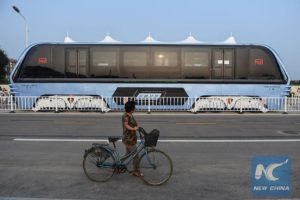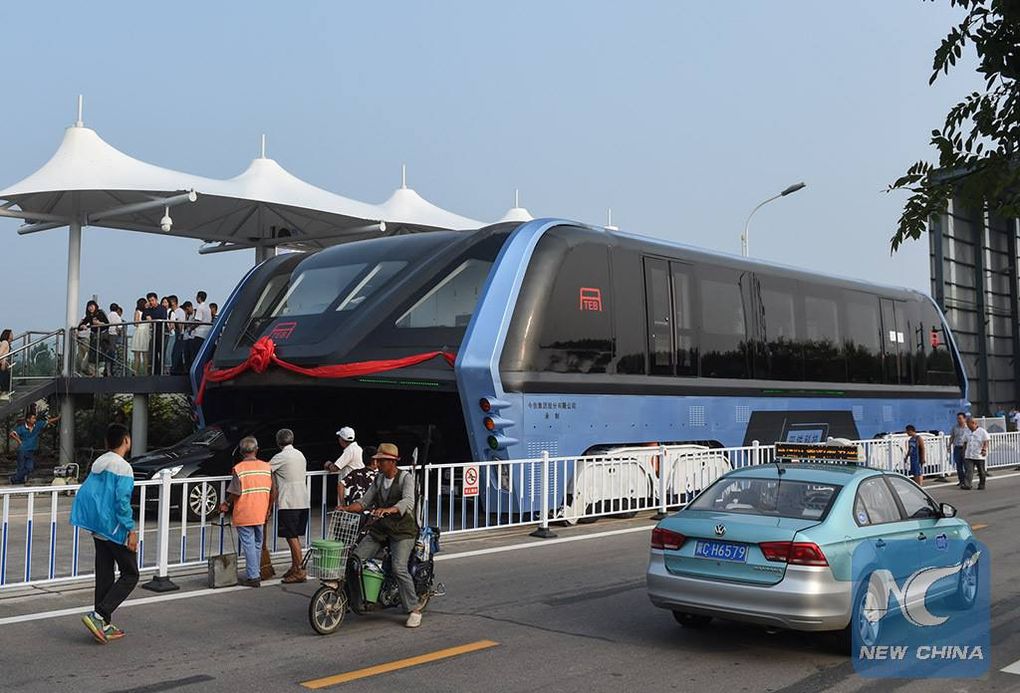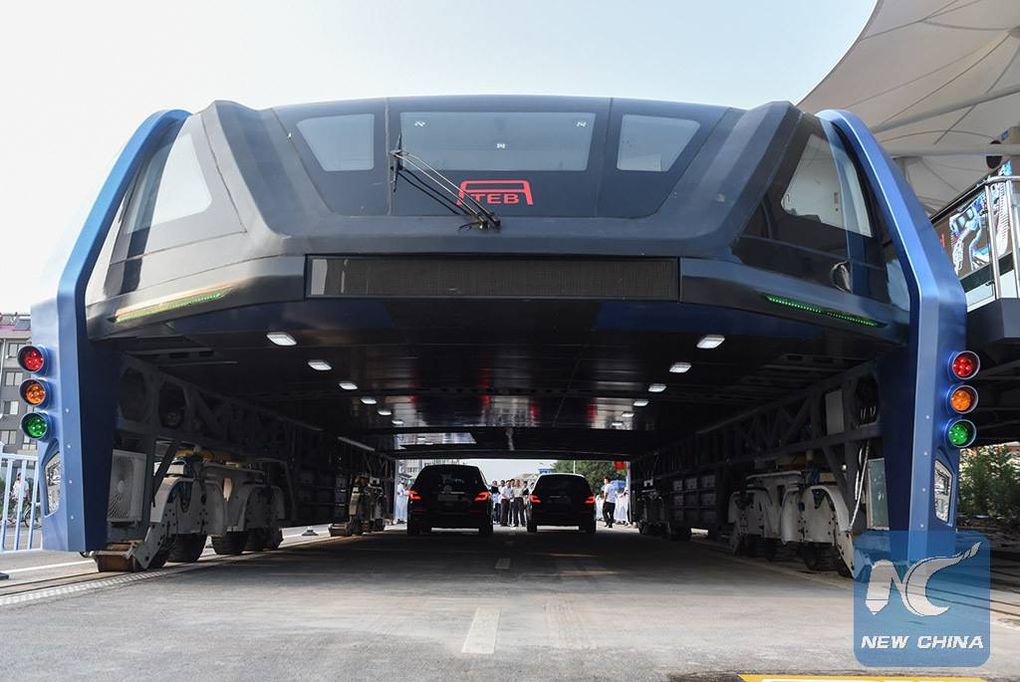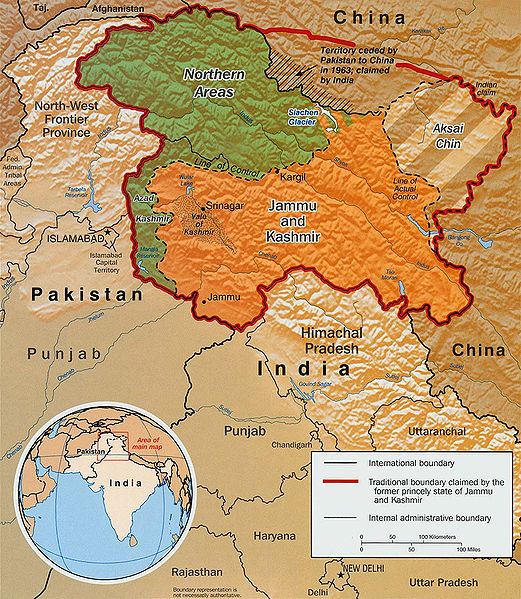In the last few months, an idea in search of a solution, has emerged from China: a giant car-straddling bus which would soar above waiting traffic below. Which sounds awesome; I’ve been to Beijing – the ring roads are some of the most congested pavement on earth. Let’s go to the grey lady with, China’s Straddling Bus, on a Test Run, Floats Above Streets:
If you’re driving in a Chinese city in the none-too-distant future and your car is engulfed in a smooth, humming metallic belly, don’t panic. It may feel like an alien abduction, but probably it’s only a colossal, street-straddling bus.
The idea of a bus so large, high and long that it could virtually levitate above congested streets seemed surreal when presented at an expo in Beijing in May. But it came a step closer to reality this week, when a prototype went for an experimental spin in Qinhuangdao, a seaside city in northern China.
But having about 7 feet of vertical clearance for cars to go underneath feels like a disaster waiting to happen. And this isn’t a bus – it’s a new type of light rail vehicle. You can see the running rails on either side of the vehicle, below:
It appears that the rail system is a running guide rail and the propulsion is by rubber tires, very similar to Paris Metro rubber tire subway cars.
 If the goal is to densify the street and overlay many different modes of transport, this might be your ticket. It is interesting if you don’t have the time or money to build heavy rail or subway system, or don’t have the right of way to build surface rail. This feels like a solution when your constraint is to not reduce vehicle miles traveled in low-occupancy vehicles, or you cannot densify a lane of traffic by using light rail or even high-value bus rapid transit.
If the goal is to densify the street and overlay many different modes of transport, this might be your ticket. It is interesting if you don’t have the time or money to build heavy rail or subway system, or don’t have the right of way to build surface rail. This feels like a solution when your constraint is to not reduce vehicle miles traveled in low-occupancy vehicles, or you cannot densify a lane of traffic by using light rail or even high-value bus rapid transit.
Putting my pendant hat on: let’s stop calling this a bus (because it isn’t).





